From poodle skirts at the sock hop to elegant and tailored evening gowns worn by fashion icons like Marilyn Monroe, Elizabeth Taylor, and Audrey Hepburn, fashion trends in the 1950s were as unique as they were iconic. In the decade following World War II, fashion shifted to giving men a more casual look, while women embraced glamour and perfectly matched accessories such as sunglasses, scarves, and gloves.
Additionally, fabric rations had ended and designers were given a chance to expand beyond the simplicity of the typical 1940s wardrobe. Christian Dior led the movement with his “new look” of fitted waistlines and full skirts. New designers like Cristobal Balenciaga added playful prints and feminine styles. Silhouetted and more fitted looks were also popular at the time, giving women another option outside the typical look of a full skirt.
To create this list of iconic fashion trends of the 50s, 24/7 Tempo consulted several fashion publications including Harper’s Bazaar, Cosmopolitan, and Marie Claire. (For more fashion content, click here to read about fashion trends famous designers openly despised.)
Poodle Skirts
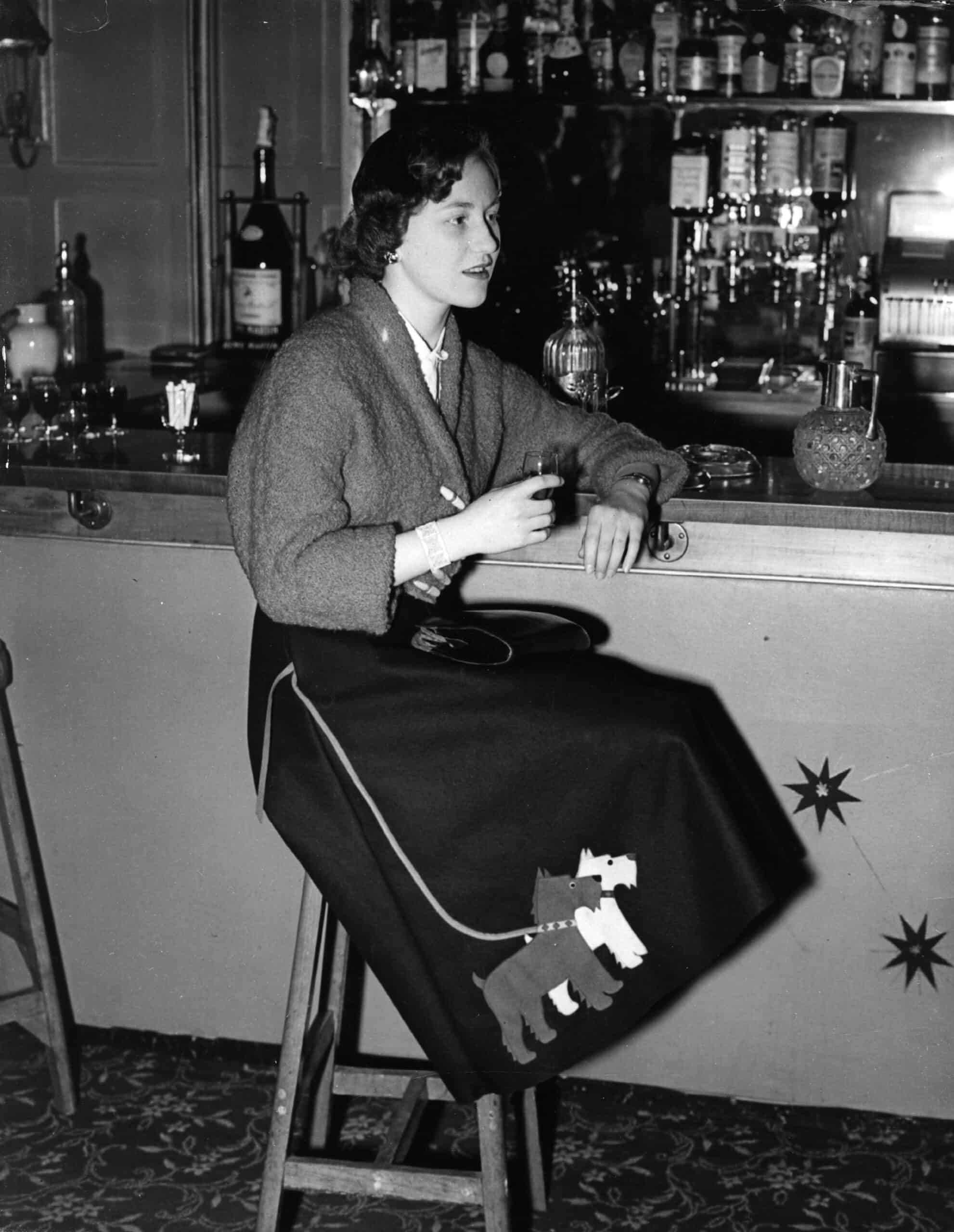
While less of a high-end fashion trend, poodle skirts were an incredibly popular fashion trend in the 1950s. These skirts were long, landing just below the knee or mid-calf. They were also bouncy and typically constructed with felt. What gave these skirts their unusual name, however, was the fact that they had the image of a poodle appliquéd to the bottom.
Poodle skirts were most often seen at the local sock hop where teens would gather at their school’s gymnasium to dance. You may also picture Sandy from the classic film “Grease” when you think of poodle skirts and this kind of 1950s fashion.
Pencil Skirts
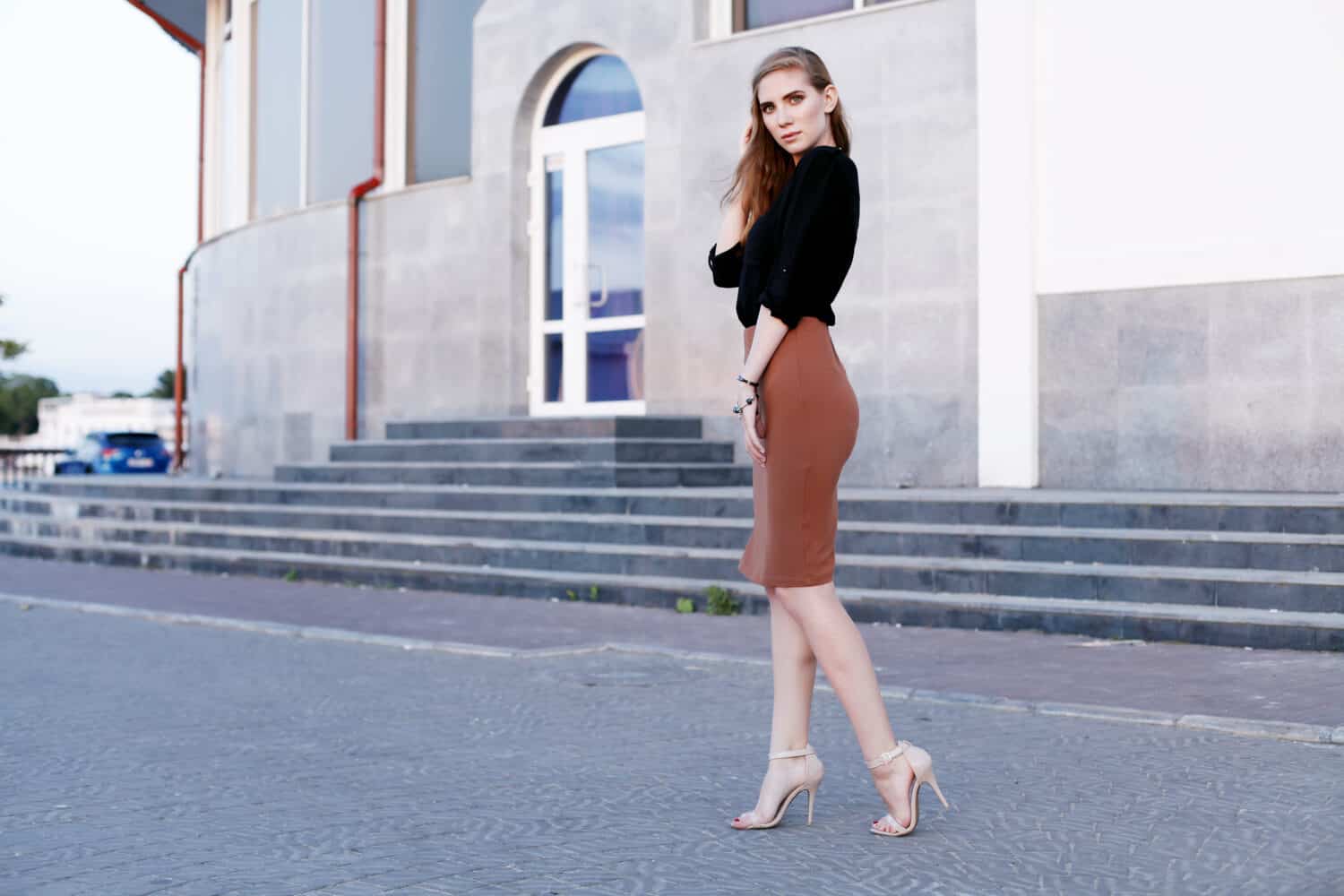
Pencil skirts reigned in the 1950s, especially when it came to women’s workwear. Worn on their own or with a fitted jacket or cardigan, these skirts gave women an alternative to the wide skirts with nipped waists that were also trending at the time.
Christian Dior designed his own pencil skirt look, while CoCo Chanel famously launched “the Chanel suit.” This look involved a pencil skirt with a matching fitted jacket. The suit was often tweed and remained elegant without being too tight or uncomfortable.
“New Look” Dresses
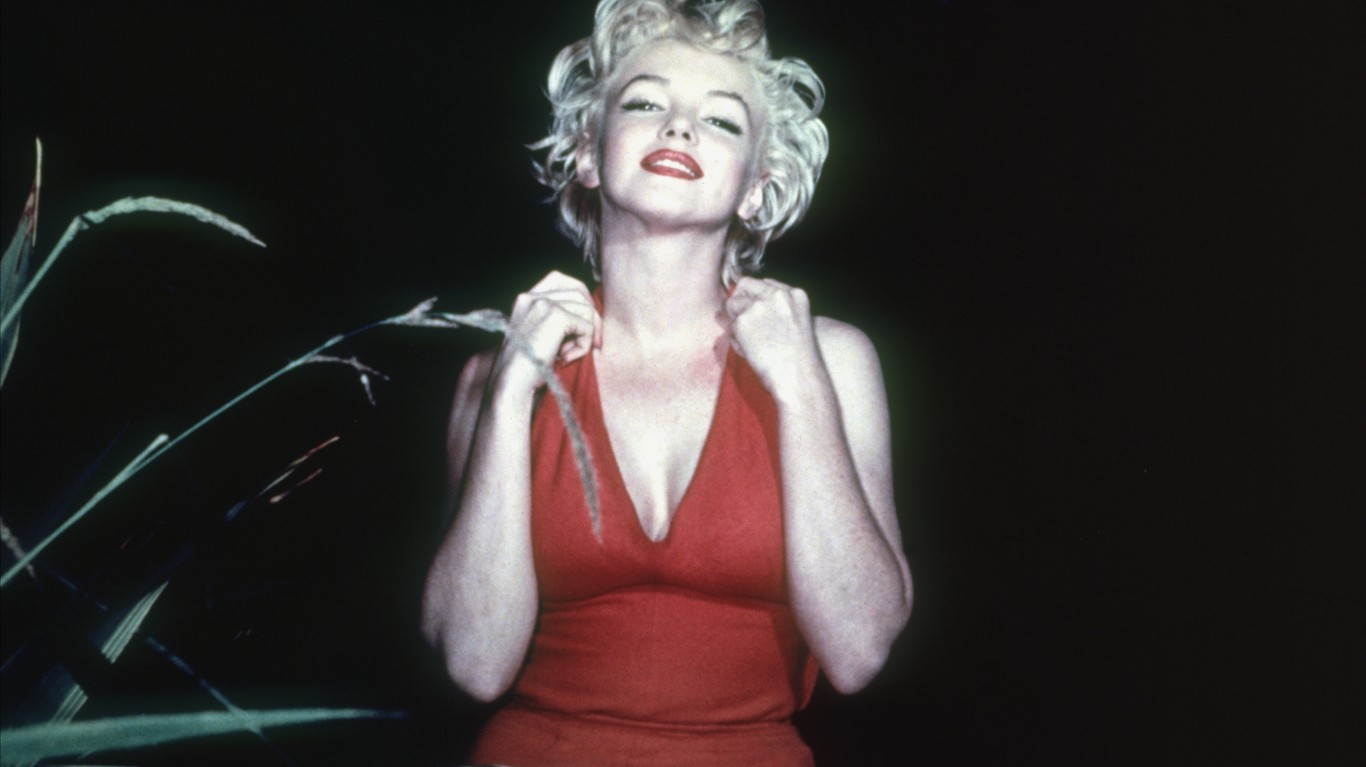
Dresses were hugely popular in this period and were often designed based on circumstance. Evening dresses were elegant and glamorous, often featuring a halter or sweetheart neckline. Day dresses were often more casual and featured a button-up front as well as more playful prints and the occasional collar. When it comes to length, 1950s dresses were known to land just below the knee as well.
Most dresses at the time were also part of Christian Dior’s “New Look.” This look included a silhouette feature or a nipped-in waistline. Some women wore belts with their dresses or pencil skirts to achieve this look, but most dresses were designed with a decisive waistline and a flared or full skirt.
Sheath Dresses
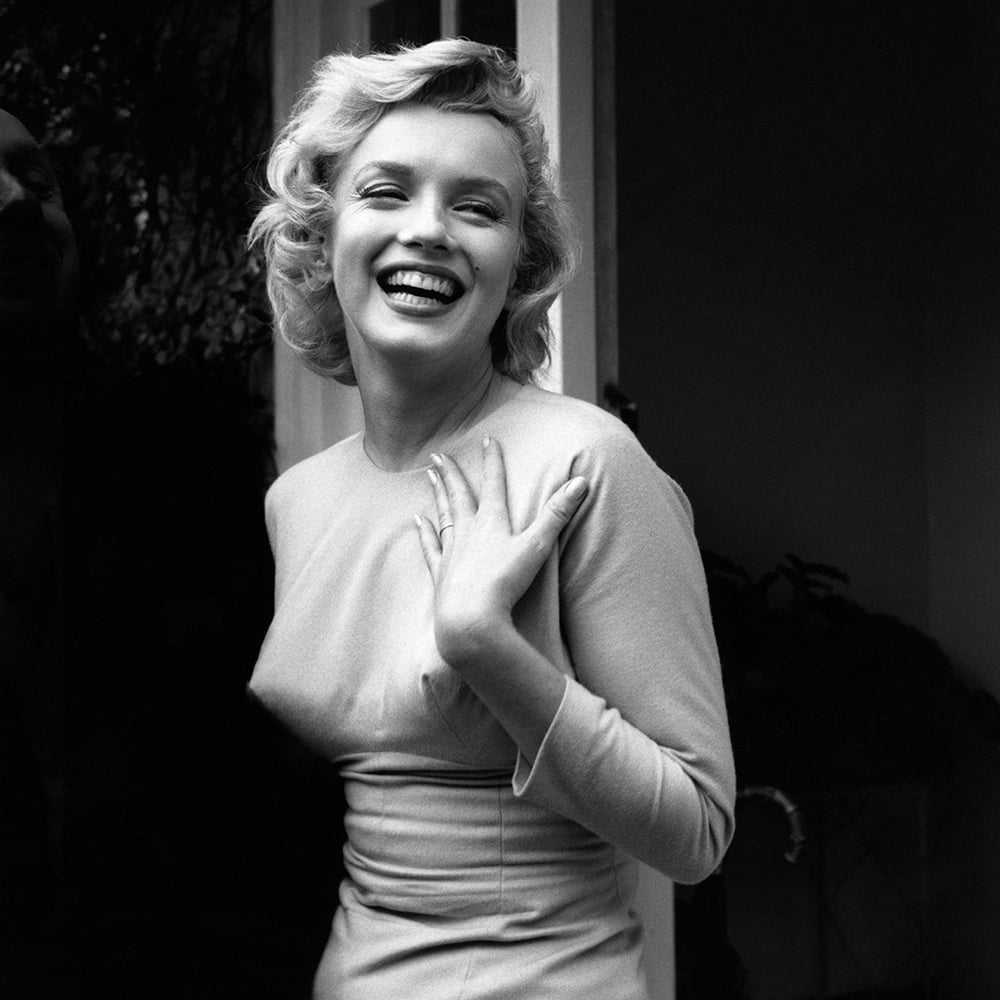
If the full skirt with petticoats wasn’t a woman’s favorite style or look of choice in the 1950s, they had another option: the sheath dress. This dress was also called the pencil dress, mimicking the pencil skirt. Tighter, more form-fitting styles were called wiggle dresses. Whatever designers decided to call it, these dresses were often slim, offering a more fitted look.
Sheath dresses were also known to come in bright colors with a hem that landed just below the knee. Additionally, these dresses typically featured a scooped or boat neckline. Some were decorated with collars or bows at the neckline as well. This fitted look was often viewed as more sophisticated and was popularized by Marilyn Monroe and Bettie Page.
Petticoats

To increase the look of full skirts and dresses at the time, petticoats were often worn as well. This extra layer worn underneath a skirt or dress created a more voluminous look and often accentuated the silhouette style. Petticoats were most commonly seen underneath poodle skirts and evening gowns.
Cardigans
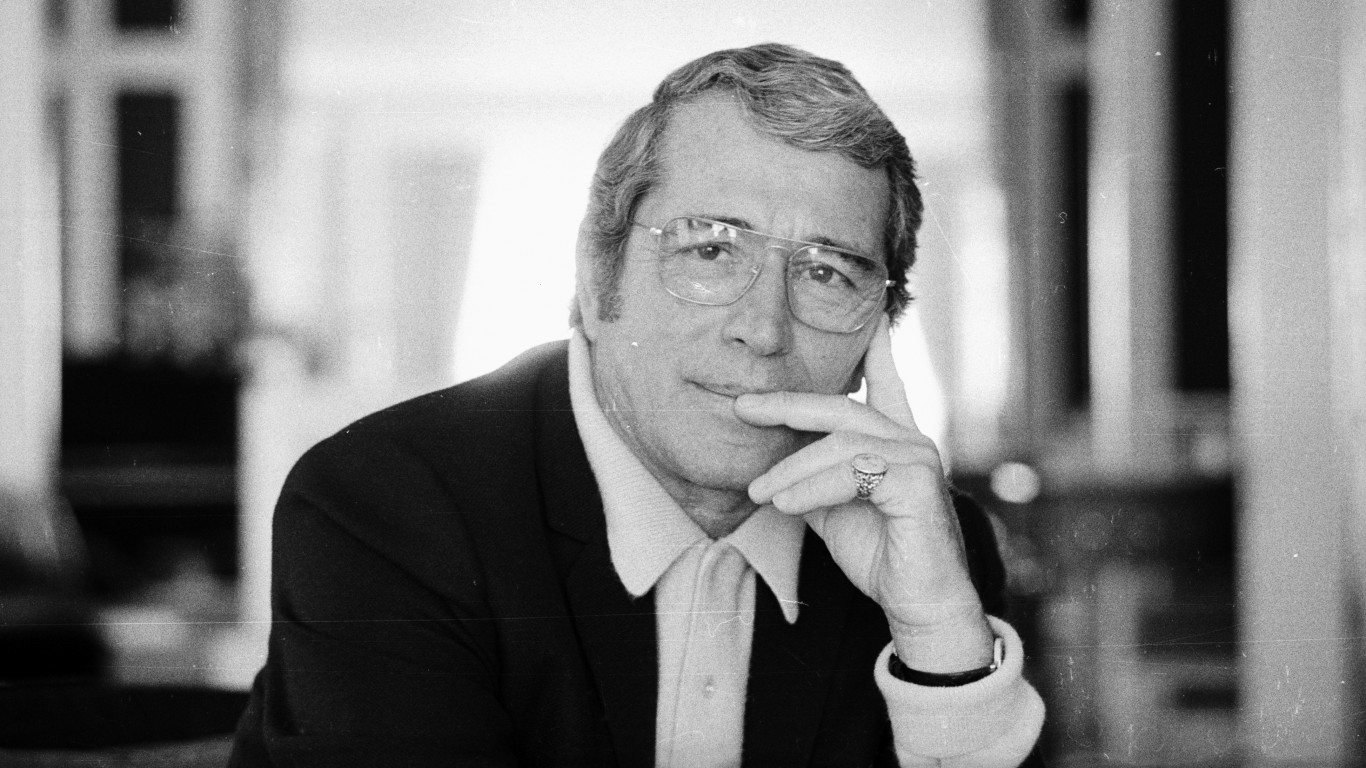
These layered sweaters were seen everywhere in the 1950s. Women wore them over button-up blouses with poodle or pencil skirts, as well as with dresses. Men also enjoyed the look of cardigans, pairing them with a collared, button-up shirt. Perry Como especially made the cardigan popular as he wore them regularly on “The Perry Como Show.” Textured material was also popular in the 50s, so cardigans were often made of a knitted material that added a little pop of style.
The cardigan is still popular today, making it a fashion trend that’s weathered several generations.
Capris
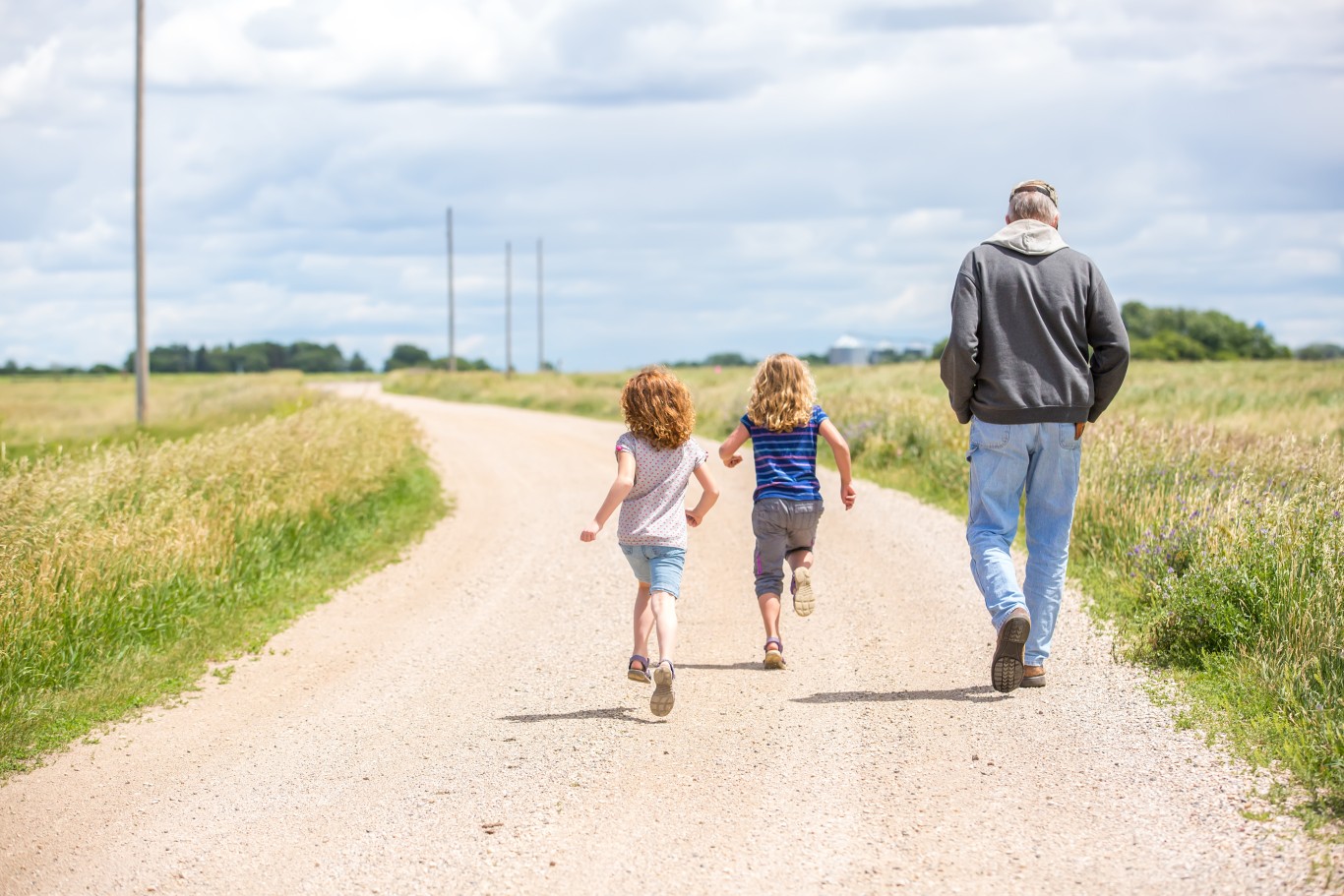
While dresses and skirts were highly popular in the 1950s, capris and cropped trousers also made their debut. Cropped trousers were often featured in a print, but capris were popular among young women at the time as well, giving them a chance to play with a more casual look.
Capri pants came in a variety of styles, too. Some were more fitted and cuffed at the bottom, similar to cigarette pants that were also popular at the time. Others featured a wide-leg appearance.
Shorts
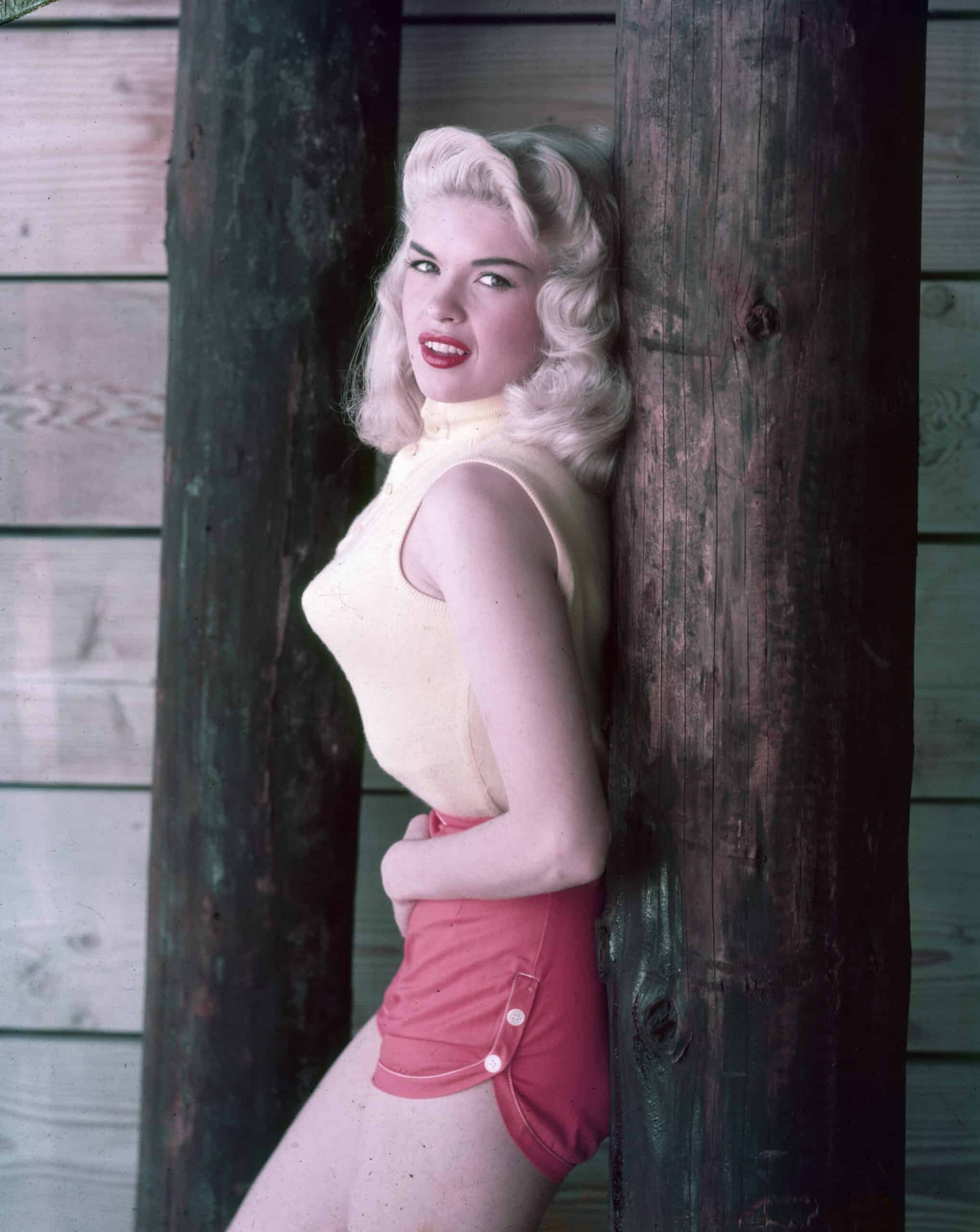
circa 1955: Portrait of American actor Jayne Mansfield, wearing a sleeveless sweater, pointy bra and red shorts, leaning against a wooden post, 1950s. (Photo by Hulton Archive/Getty Images)
Often seen with a higher waistline and hem, shorts were also a popular look. They featured comfortable fabric and fun prints, giving women a more versatile option to wear with casual tops. Shorts were especially seen at the beach, and pin-up models made them all the more popular.
Cuffed Jeans
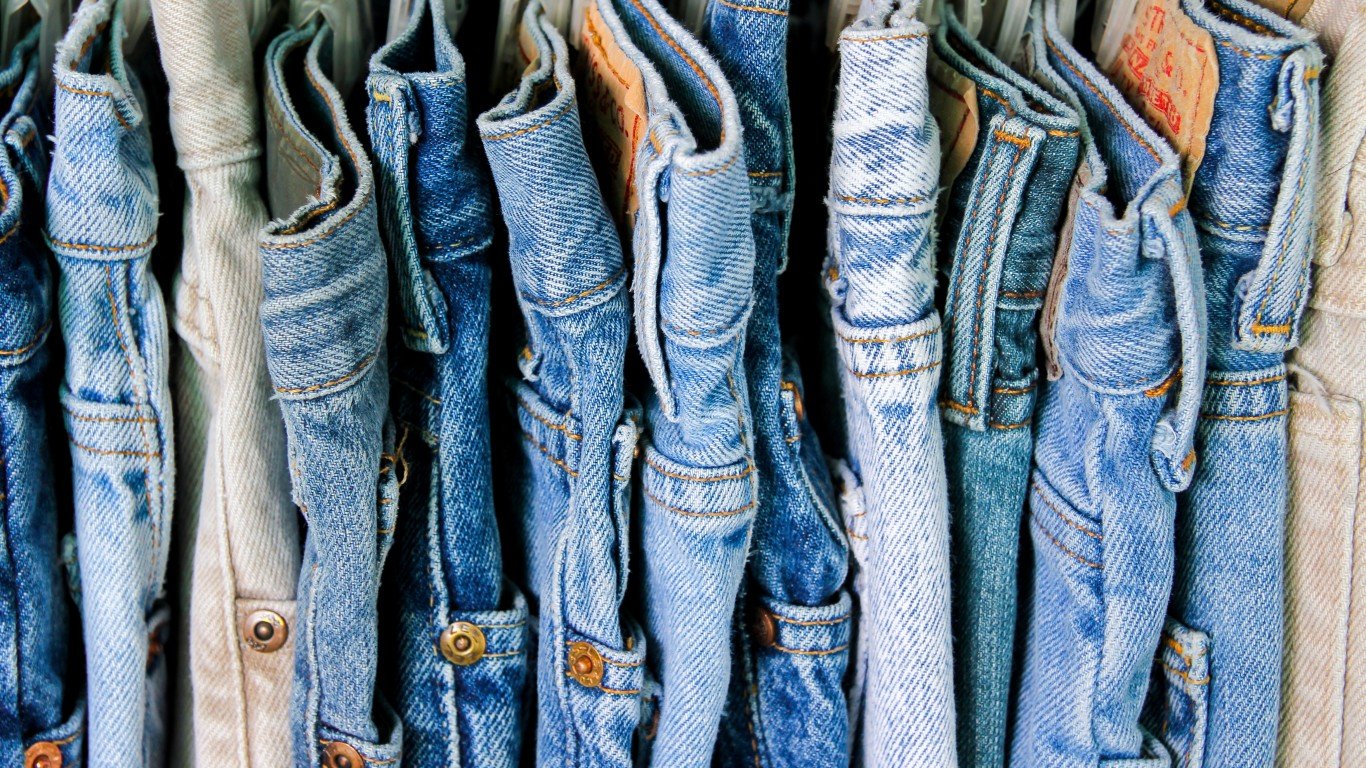
While jeans began their debut in the 1940s, they became more and more popular throughout the 1950s. Most significantly, both men and women embraced the look of cuffed jeans in everyday wear. Marlon Brando and James Dean were especially known for creating this look for men, who had previously worn only slacks.
Teenagers followed suit and many young adults were seen wearing jeans throughout this time period.
Hats
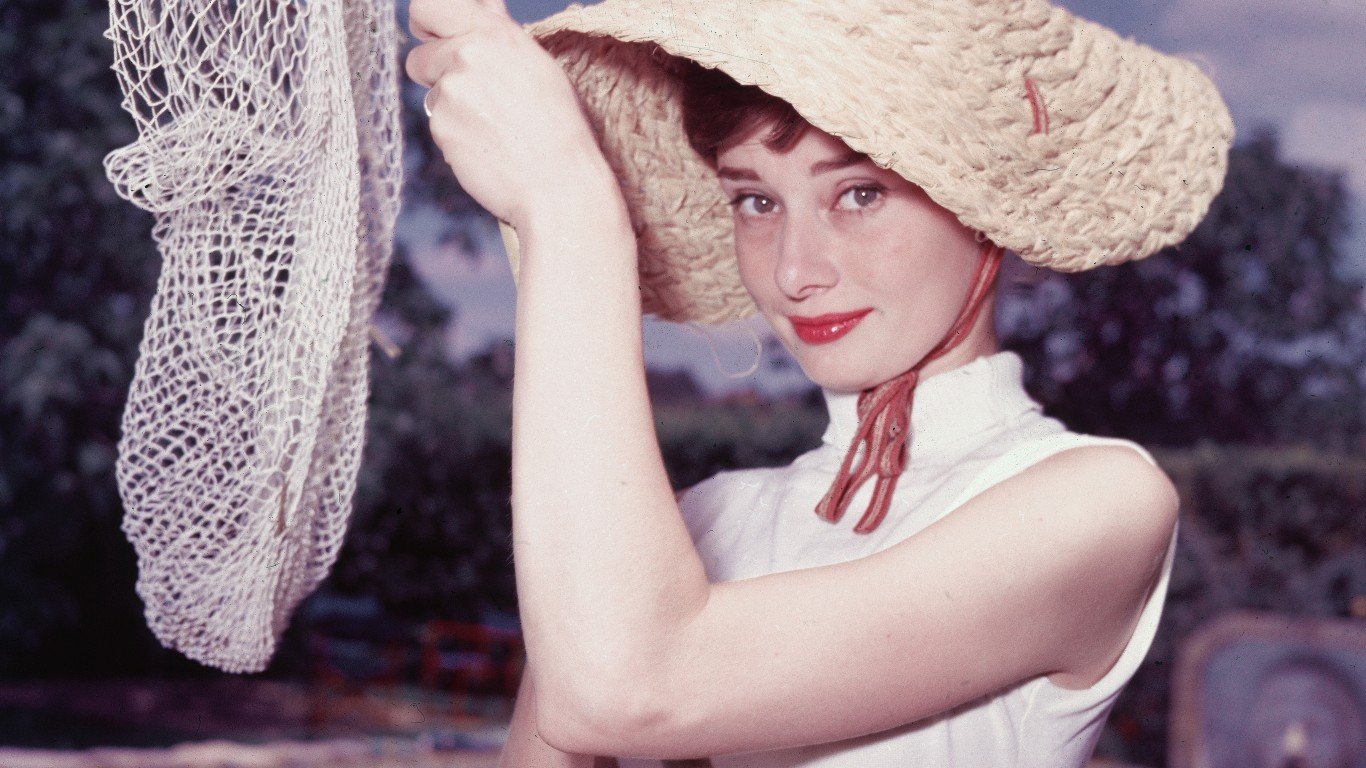
Hats were a common style choice on both men and women in the 1950s. Audrey Hepburn popularized the wide-brim hat and was especially known for her iconic black and white hat that was seen on “Breakfast at Tiffany’s.” Other popular hats at the time were the pillbox hat, a small hat without a brim and a flat crown, as well as a tilt hat which was more popular in the 30s and 40s, but still trending into the 50s.
Men’s hats looked very much the same in the 1950s as they did in the 1940s, resembling the common fedora.
Swimwear
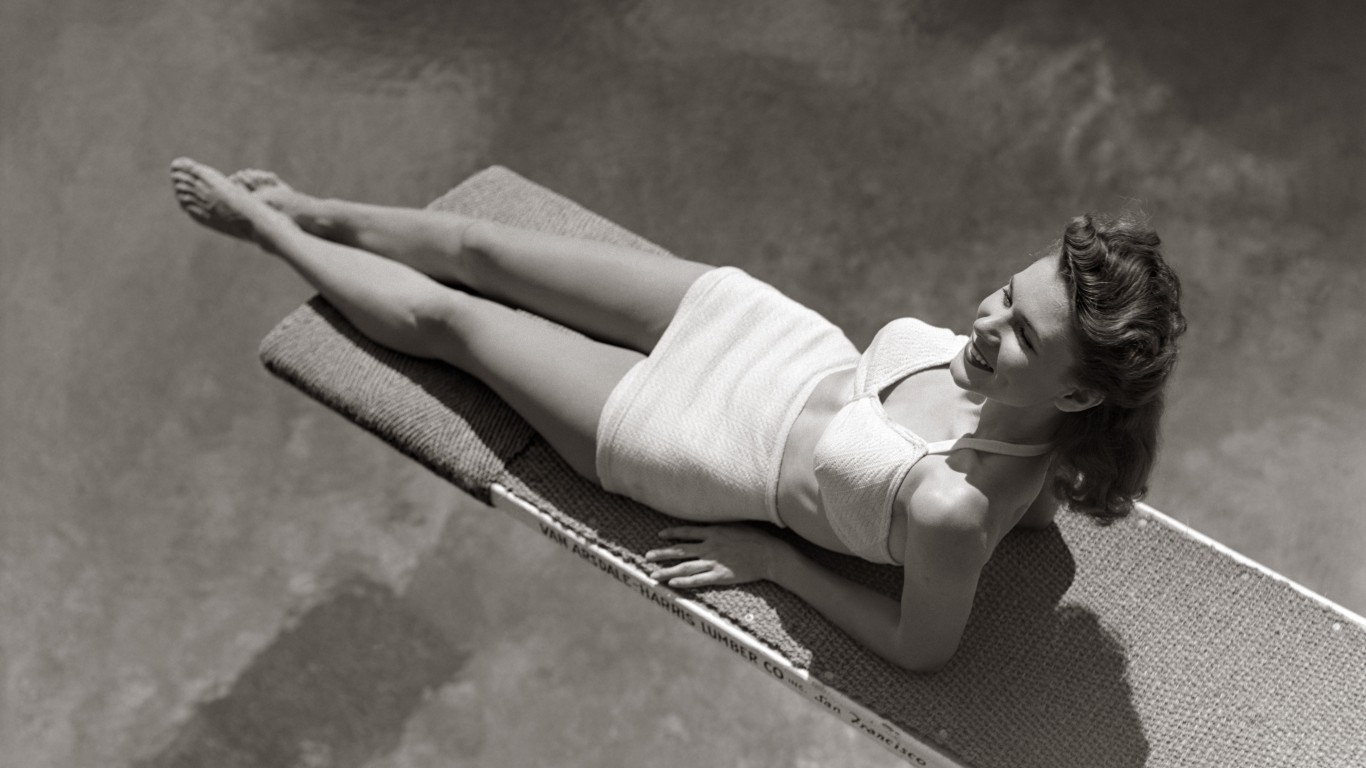
Swimwear took on a whole new look in the 1950s. While the bikini was first introduced in Europe in 1946, it was considered scandalous at the time. However, it continued to grow in popularity thanks to French actress Brigitte Bardot who was photographed in a bikini at the Cannes Film Festival in 1953.
In the 1950s, bikinis were typically high-waisted, a trend we still see today. Whether women chose to wear a two-piece or one-piece suit during this period, gingham fabric was also highly popular.
Kitten Heels
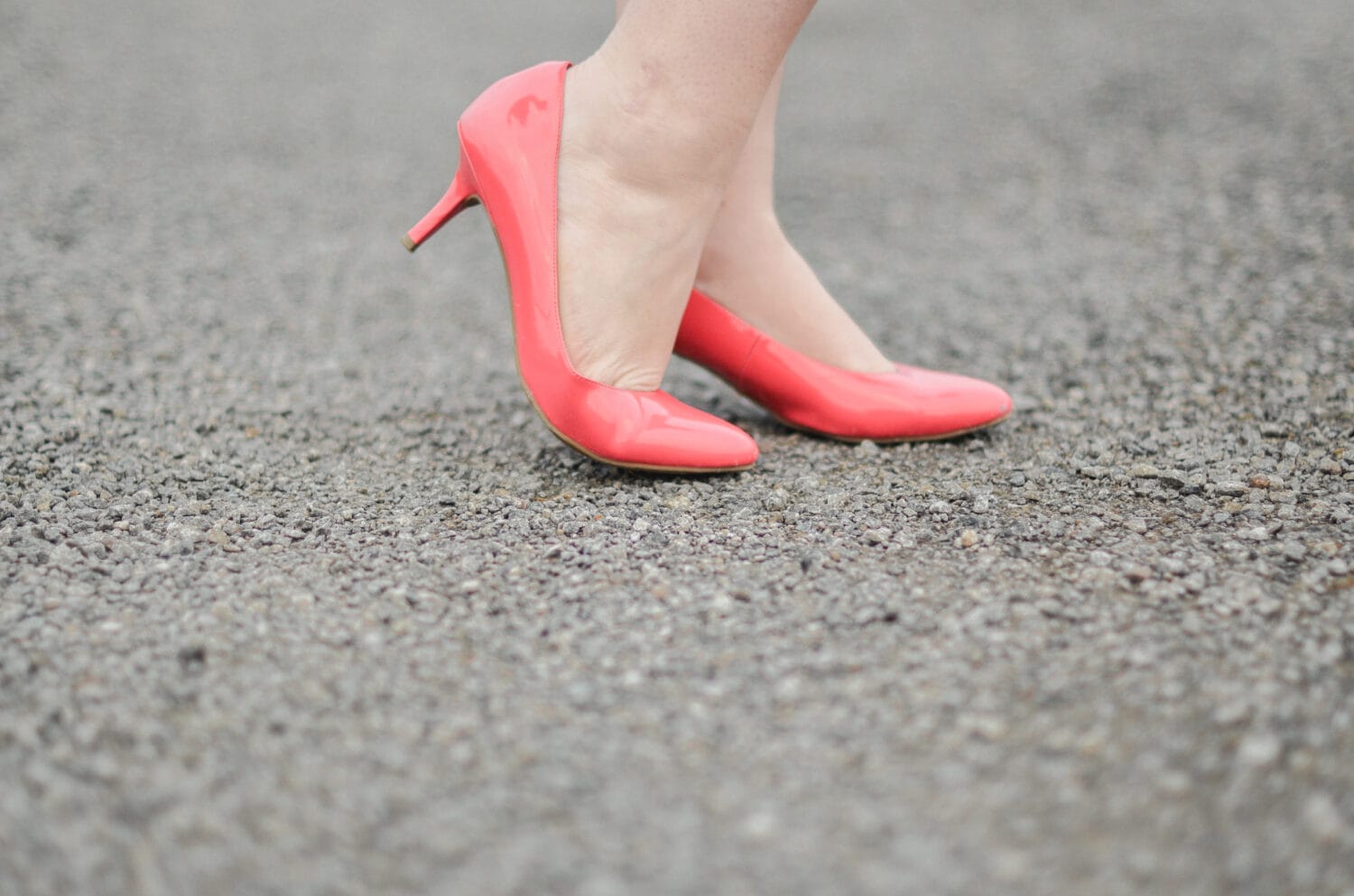
While saddle shoes were all the rage for teenagers, kitten heels were largely popular to pair with evening dresses. These shoes were known for their low heel and small, narrow shape, often pointed in the front with a small strap that would wrap around the heel. Shoes at the time were also typically decorated with bows or crystals, giving women an extra pop of style.
Cat Eye Sunglasses
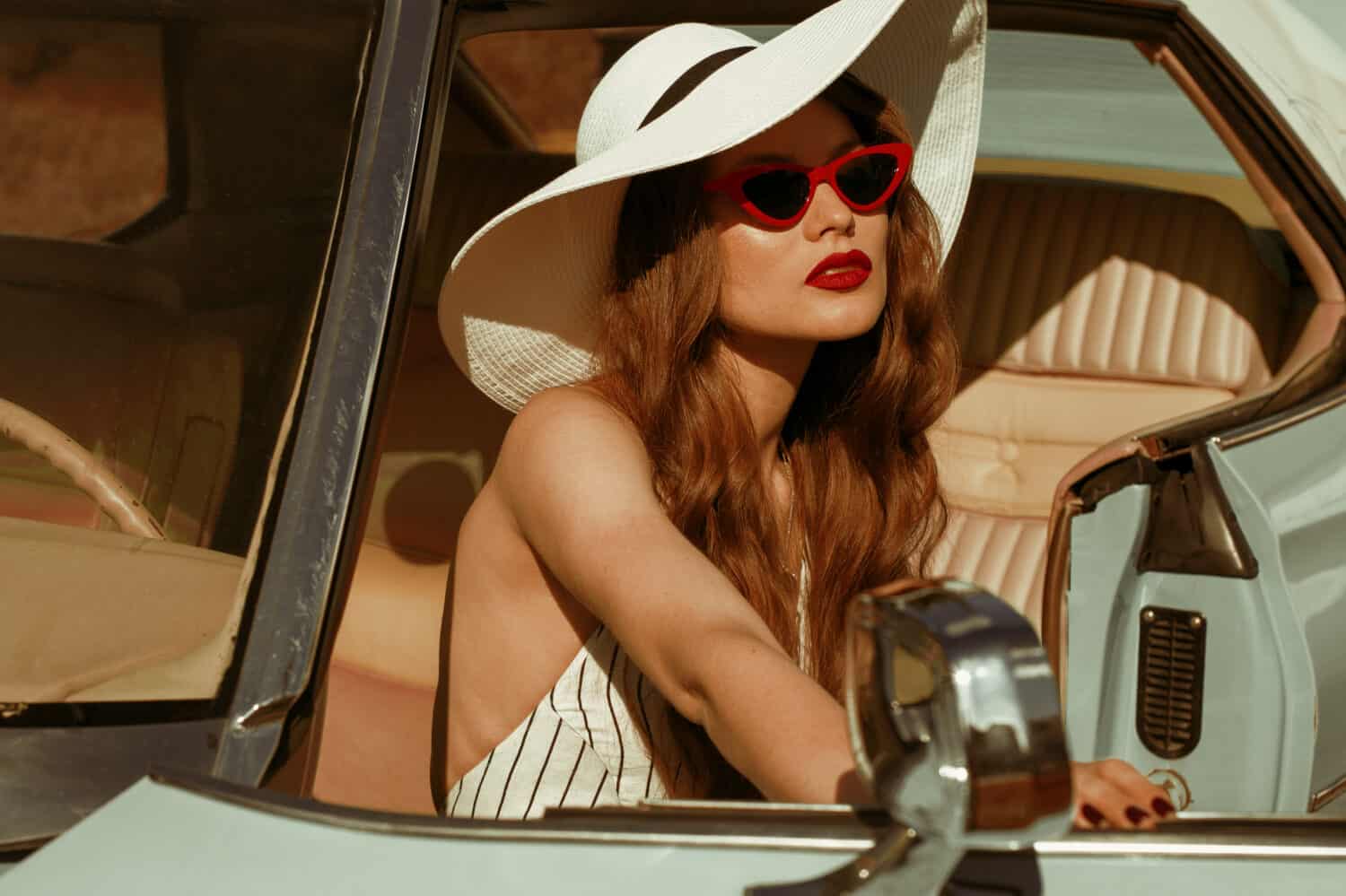
Accessories were highly popular during this era — namely, cat eye sunglasses. These feline-shaped sunnies had an exaggerated point and often featured rhinestones along the frame. This accessory was often seen as a chic look and was also popularized by Audrey Hepburn.
Additionally, cat eye sunglasses were often seen with a silk head scarf. These scarves were also worn around the neck. To round out the look, women would choose other accessories including gloves and pearl jewelry, all of which were popular in the 1950s.
For Men: T-shirt and Jeans With a Jacket
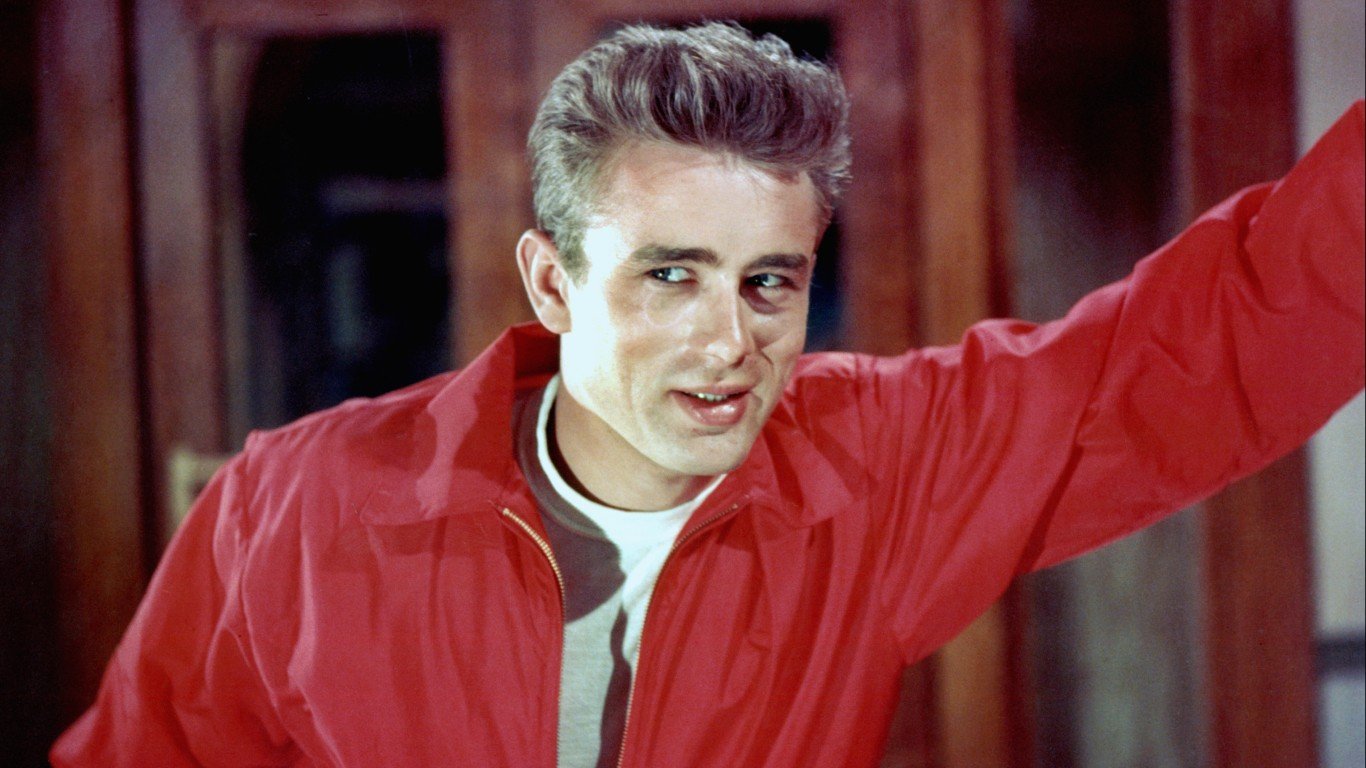
While we’ve largely covered women’s style so far, it’s important to note that men’s style changed in the 1950s as well. As mentioned, men moved from wearing slacks and blazers to a more casual look, including jeans and cardigans. One highly popular look for young men in the 1950s was casual jeans with a basic t-shirt and jacket, a look made popular by James Dean in his role as Jim Stark in the classic film “Rebel Without a Cause.”
Men also embraced the rock and roll look exemplified by Elvis, and the “greaser” look — a white t-shirt with the sleeves rolled up.
For Children: Cotton Playsuits
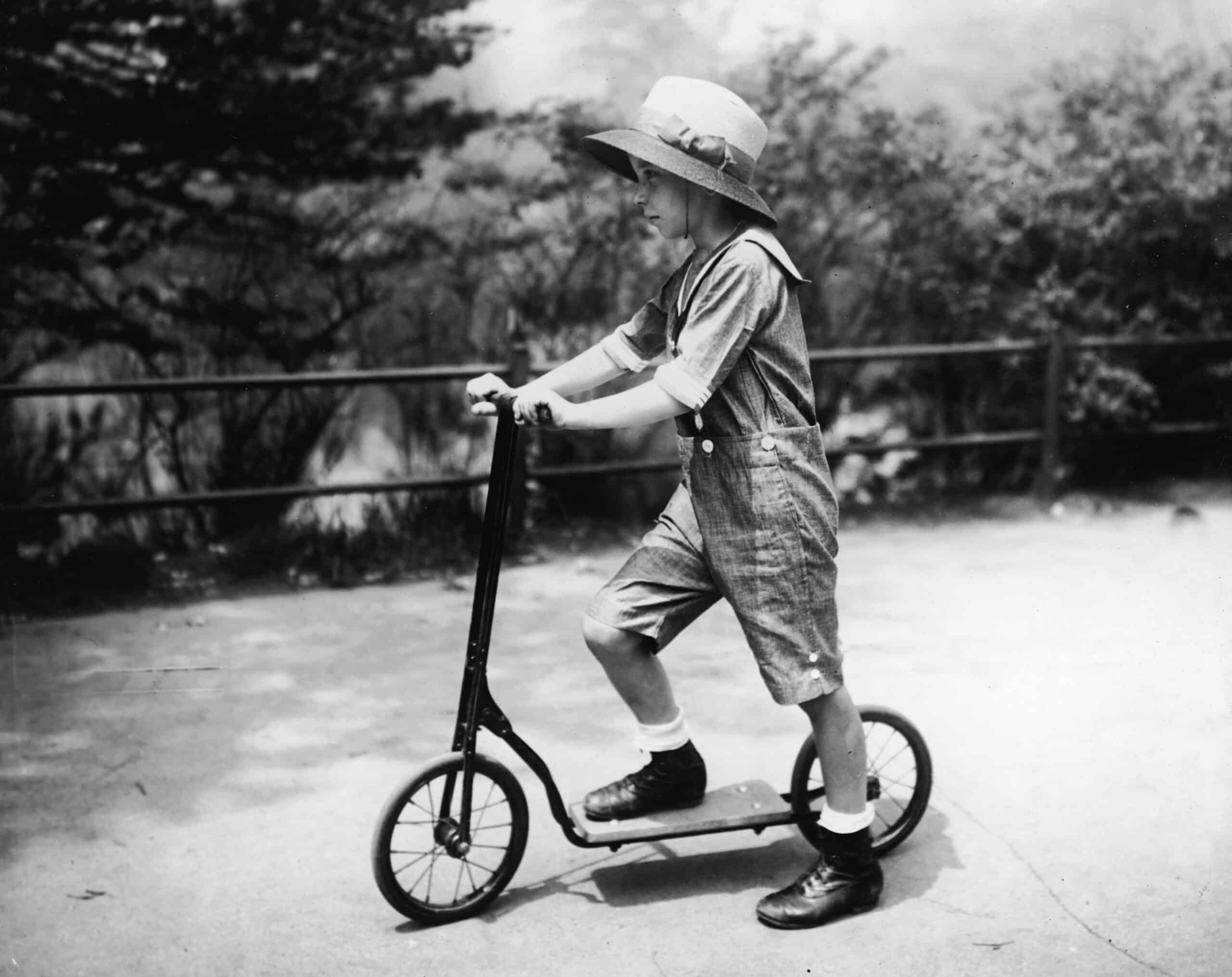
Children’s styles also changed in the 1950s. While young children’s styles often mimicked the adults with girls in full dresses and boys in jeans and cardigans, the iconic cotton playsuit was introduced for infants by designer Charles James. James, a father himself, popularized the playsuit, which consisted of a full outfit, often as shorts, pants, or a dress, that featured crossing straps and pearl or button features on the side. (For more reading, click here to learn about the most popular fashion trends of the 1960s.)
Sponsored: Attention Savvy Investors: Speak to 3 Financial Experts – FREE
Ever wanted an extra set of eyes on an investment you’re considering? Now you can speak with up to 3 financial experts in your area for FREE. By simply clicking here you can begin to match with financial professionals who can help guide you through the financial decisions you’re making. And the best part? The first conversation with them is free.
Click here to match with up to 3 financial pros who would be excited to help you make financial decisions.
